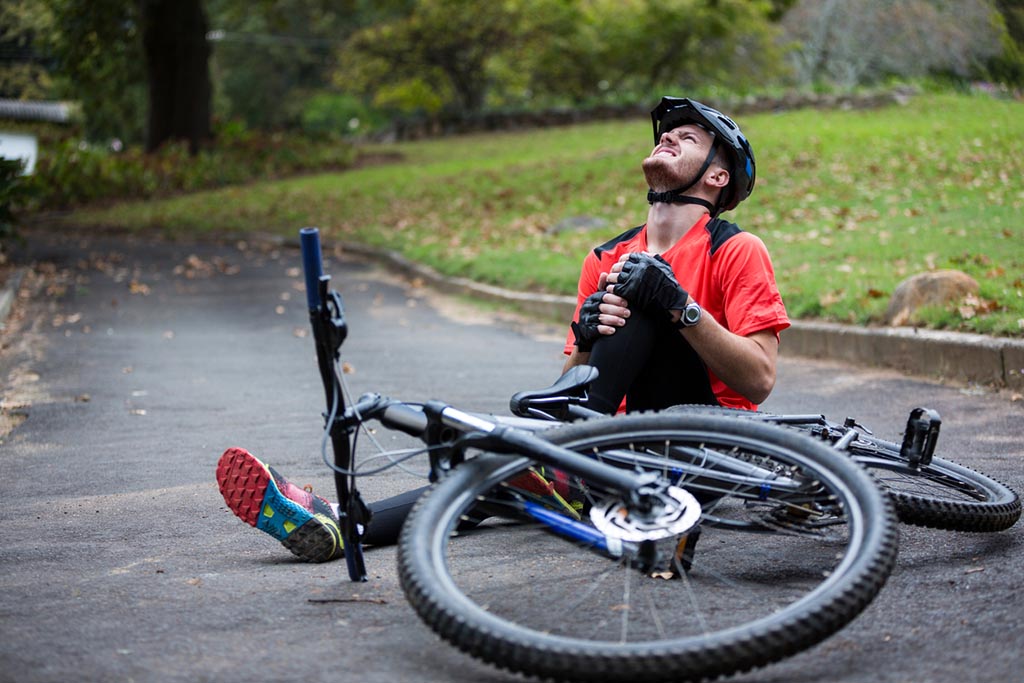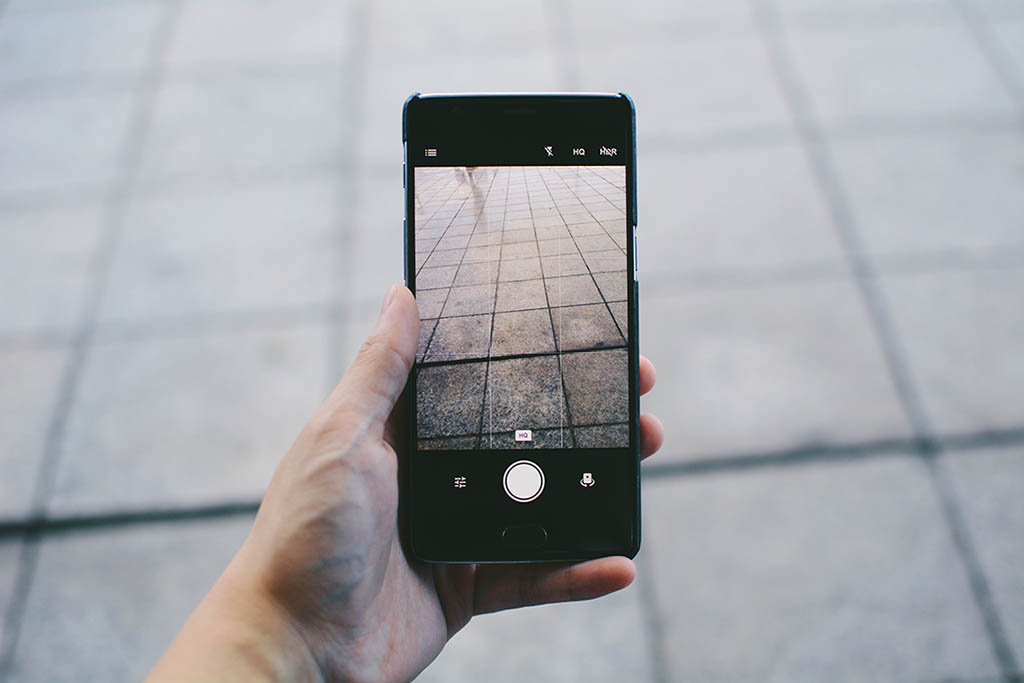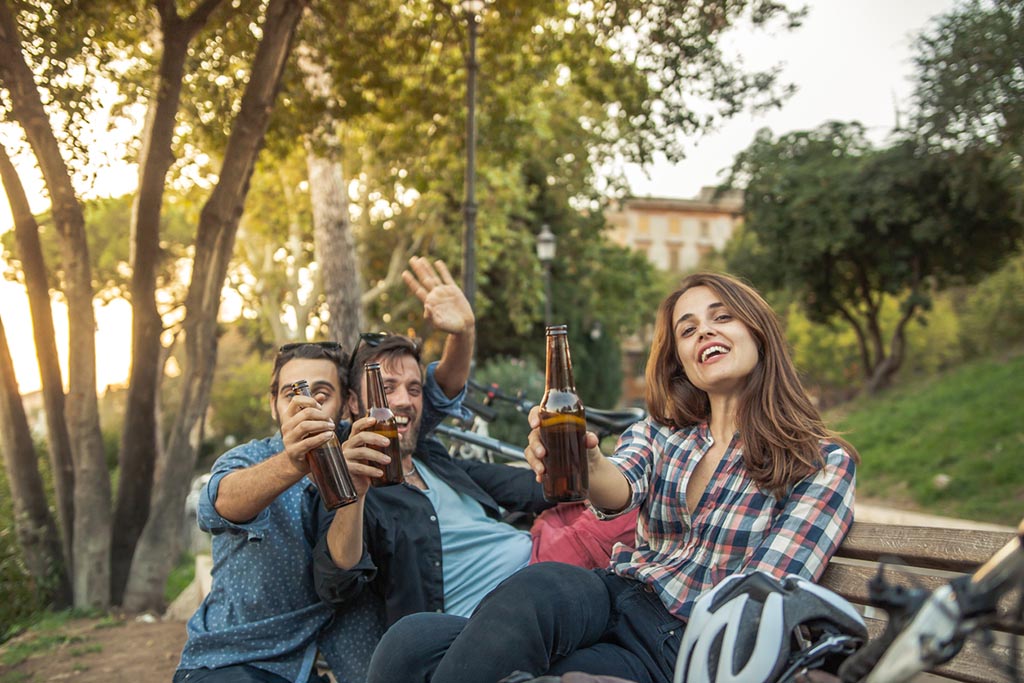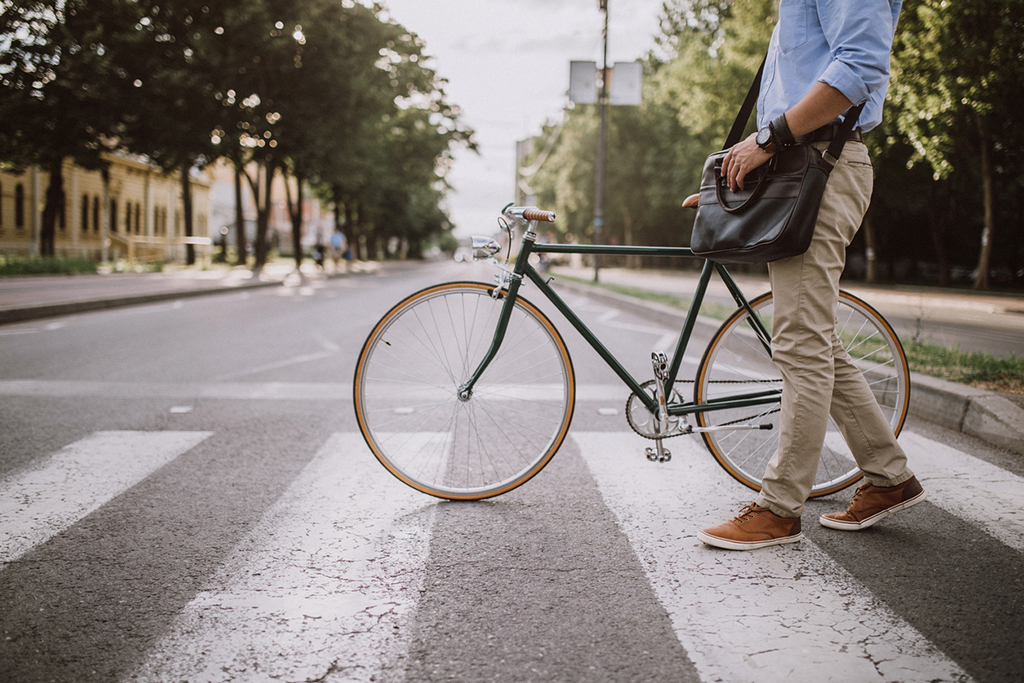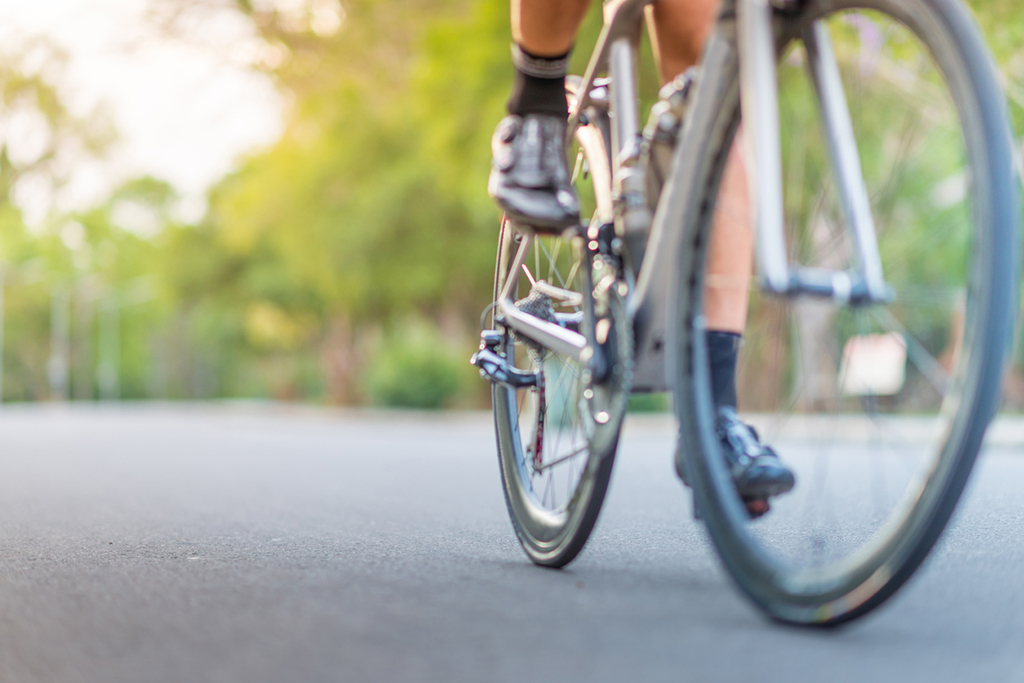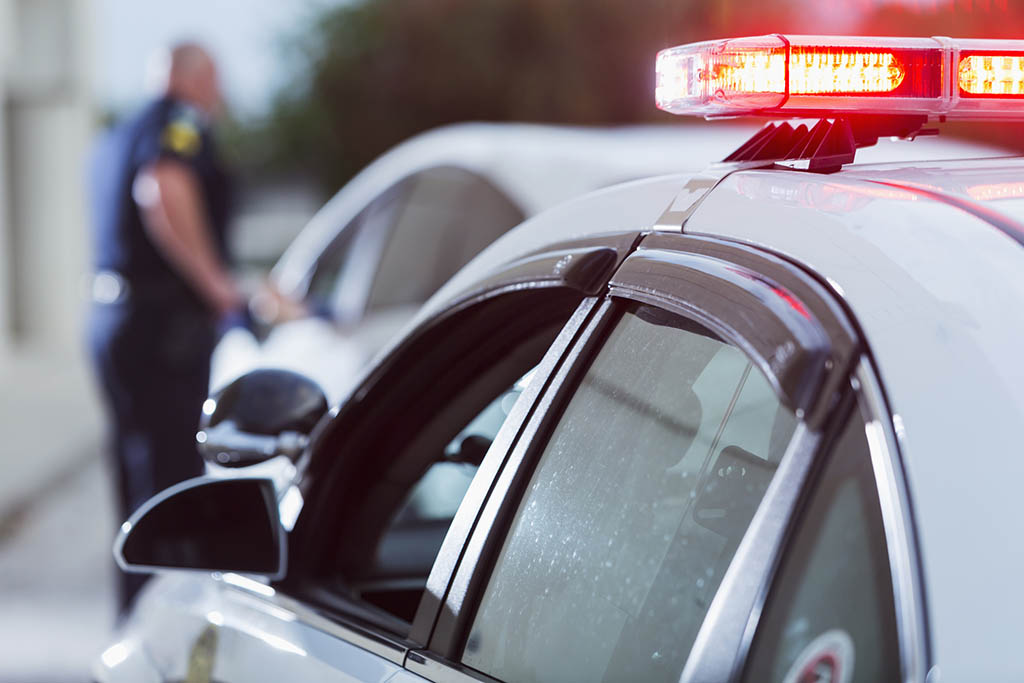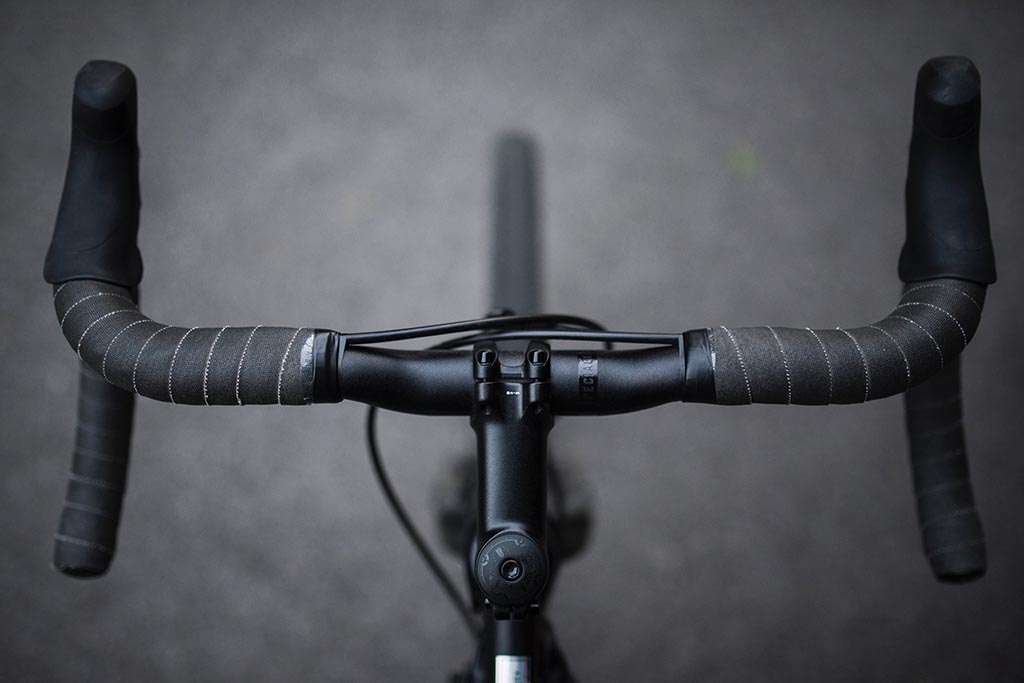Cycling Accident
Cycling accidents are incredibly common despite a number of measures taken to ensure our safety. Drivers still have very little idea on how they are supposed to share the road. When a car and cyclist collide, it’s hard to imagine anyone walking away unscathed. What happens when you are in a cycling accident?
Loss of Enjoyment of Life
While you can pursue compensation for medical expenses and financial matters like loss of income, you may also be able to ask for compensation for “loss of enjoyment of life” after your cycling accident. What does this mean? Well, typically it means you can no longer do something you enjoy. If you liked cycling for fun, not just as transportation, not being able to do it anymore can be considered a loss. It could be a permanent injury that prevents you from cycling again, or it could be the psychological impact of the accident. Getting hit by a car on a bicycle is nothing short of terrifying, after all.
Does This Effect You?
Unfortunately, asking for compensation for this can make a case more difficult and isn’t always a sure thing. You will have to provide witnesses who state how much you loved to ride your bike and can cite examples of times you did it for fun. For example, if you just rode to work, that may not qualify. However, if you were a frequent long rider who spent your weekends out on your bike, then this will make for a better case. It is also important to be realistic with how much you ask of this as well. It really will depend on how big cycling was in your life and whether the impact of the accident will permanently keep you away.
If you have been in a cycling accident and need compensation to cover your injuries, contact us today to see what the Law Office of Gary Brustin can do for you.
